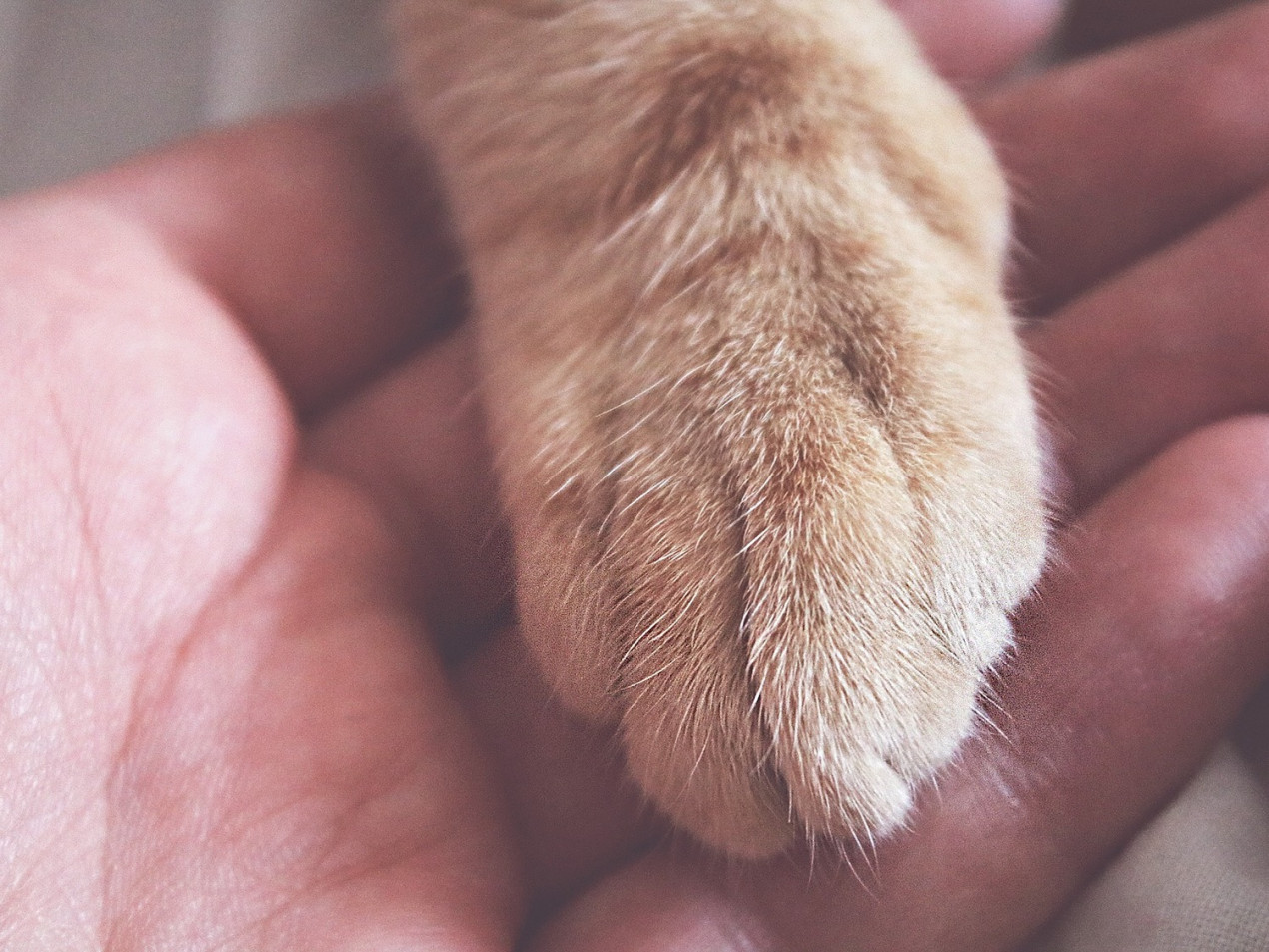
Step-by-step: Getting rid of fleas from your pet and home
If you find fleas on your pet, don’t panic, it’s rarely a reason to seek emergency veterinary care.
Yes, fleas are unpleasant for pets and humans. Not only can they cause your pet discomfort and irritation, they can also carry some nasty illnesses as well as infest your carpets, beds and other areas of your home.
But you’re unlikely to need to see an emergency vet unless your pet has a severe case of flea allergy dermatitis or is very young, old or weak or is at risk of flea-related anaemia.
Here are some tips to help rid your pet and your home of these nasty parasites.
What you’ll need:
- A fine-toothed flea comb
- Hot soapy water
- Flea treatment (several different options are available)
Warning: flea treatments designed for dogs should never be used on cats as they can be extremely toxic.

1. Groom and remove
Grooming your pet throughout the day with a fine-toothed metal flea comb can help identify and remove adult fleas from your pet’s fur. Doing this over a white, non-slip surface will allow you to spot any dark specks that fall (possibly flea dirt). Flea dirt can be positively confirmed by using a damp tissue or cotton wool to pick up any black flecks from your pet’s fur. If it is flea dirt it will spread out as red blood spots when it hits moisture on the tissue. Check the whole body, paying particular attention to their neck and tail areas as fleas like to feed there.
2. Kill fleas
If you spot a flea on the flea comb, kill it by dunking the comb into hot, soapy water. Be prompt though, they jump away quickly!
3. Apply flea treatment
Flea treatments prevent pets from catching fleas but they can also kill fleas if your pet already has them. There are several flea treatment options available from your local daytime vet.
Fleas develop resistance to treatment over time, so older products and especially non-prescription products (which are typically old prescription products that have been deregulated), are often poorly effective. The best results are obtained using the most modern prescription-only products.
Call your regular vet to find out how to obtain flea treatment under the current restrictions. They may have a delivery service or be able to give you a prescription to allow you to buy the product online.
Treatments come in different forms such as spot-on solutions, oral treatments and sprays. Different treatments kill fleas at different stages of the lifecycle so be sure to choose the most suitable product and follow the instructions carefully.
Remember NEVER to use dog flea treatment on cats.
4. Clean your home
Fleas don’t live on your pet, they just visit to feed and spend the rest of the time in your home. After killing the fleas on your pet, you must treat your home in order to ensure the infestation has been eradicated. This can take several months as all the fleas will need to go through their lifecycle. Here are some steps you can take to get rid of fleas in your home:
- Vacuum all floors (hard floors and carpet), mattresses, upholstery and nooks and crannies. This will help to get rid of adult fleas and the vibrations make eggs and larvae more susceptible to treatment.
- Then throw away the vacuum bag and/or clean the filters.
- Clean bedding regularly in hot water (over 60C).
- Use a household flea killing product that contains an insect growth regulator as well as an insecticide – contact your vet for advice. If you have cats in the home, read labels carefully as some common treatments are highly toxic to cats.
- Continue to treat your dog and any other pets with regular flea prevention treatment.
5. Know when to call a vet
If you need more advice on treating your pet for fleas, we’d recommend calling your regular daytime vet to discuss your concerns with them. You can find practices in your area here.

